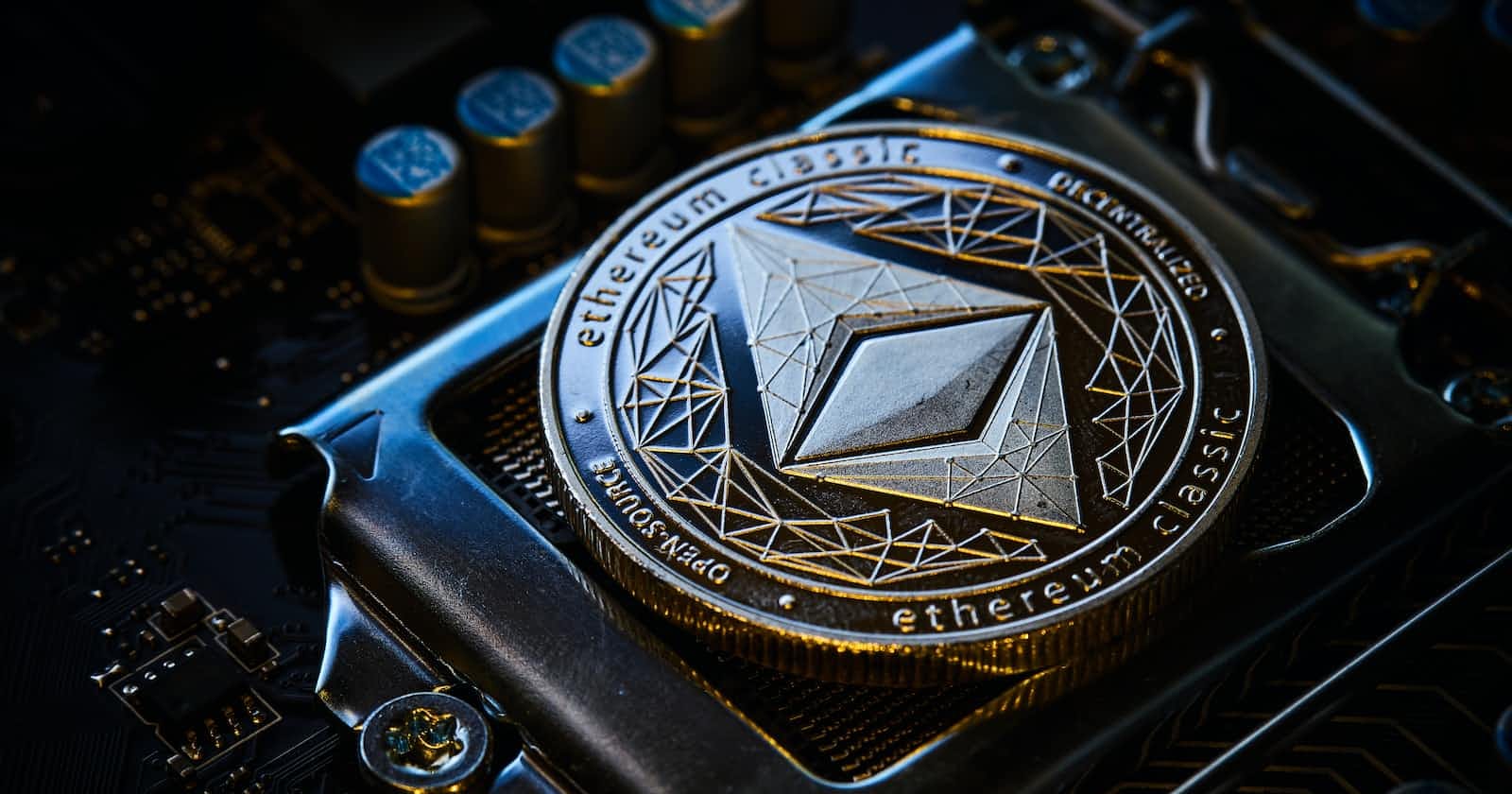Ethereum is a decentralized, open-source blockchain platform that enables the creation of smart contracts and decentralized applications (DApps). It was created in 2015 by Vitalik Buterin, a programmer and co-founder of Bitcoin Magazine.
Ethereum is based on the concept of a distributed computing system, in which a network of computers executes code in a decentralized manner, rather than being run by a single entity. This allows developers to build and deploy applications that can be run without the need for a central authority, and allows users to interact with these applications in a trustless manner.
Ethereum has its own programming language, called Solidity, which is used to write smart contracts and DApps. These contracts are self-executing and can be programmed to perform a variety of tasks, such as the transfer of assets from one person to another, the creation of voting systems, and the automation of other business processes.
it allows anyone to run applications on its platform, and it has the potential to revolutionize the way that many industries operate. It has attracted a large and growing community of developers and users, and it is considered one of the most important and influential projects in the blockchain space.
Why Ethereum?
There are several reasons why Ethereum is considered an important and influential project in the blockchain space:
Smart contracts: Ethereum allows developers to create smart contracts, which are self-executing contracts with the terms of the agreement between buyer and seller being directly written into lines of code. These contracts can be used to facilitate, verify, and enforce the negotiation or performance of a contract.
Decentralized applications (DApps): Ethereum enables the development of decentralized applications (DApps), which are applications that are built on the Ethereum platform and run on a decentralized network. DApps have the potential to disrupt traditional business models and bring transparency and trust to industries that have traditionally been prone to fraud and corruption.
Open-source: Ethereum is an open-source platform, meaning that anyone can use, modify, and distribute the software for free. This has attracted a large and growing community of developers and users, which has contributed to the platform's growth and success.
Strong developer community: The Ethereum developer community is one of the largest and most active in the blockchain space, with thousands of developers working on the platform and contributing to its development. This has helped Ethereum to maintain a strong and vibrant ecosystem, which is essential for the long-term success of any blockchain platform.
High level of security: Ethereum is designed to be a highly secure platform, with a decentralized consensus mechanism and strong cryptography to protect against fraud and tampering. This has helped to build trust in the platform and make it attractive for a wide range of applications.
How Does it Work?
Ethereum works by using a decentralized network of computers to execute code in a trustless manner. This means that instead of the code being run by a single entity, such as a company or a government, it is run by a network of computers that are distributed around the world.
The Ethereum network is made up of nodes, which are computers that run the Ethereum software and connect to the network. These nodes work together to validate transactions and execute smart contracts.
Smart contracts are self-executing contracts with the terms of the agreement between buyer and seller being directly written into lines of code. They can be programmed to perform a variety of tasks, such as the transfer of assets from one person to another, the creation of voting systems, and the automation of other business processes.
To execute a smart contract on the Ethereum network, a user must send a transaction to the network containing the code for the contract. This transaction is broadcast to the network and validated by the nodes. If the transaction is valid, the nodes will execute the code in the contract and update the state of the Ethereum blockchain to reflect the results of the contract.
Ethereum uses a cryptocurrency called Ether (ETH) to facilitate transactions on the network. Ether is used to pay for the execution of smart contracts and as a reward for the nodes that validate transactions and maintain the network.
